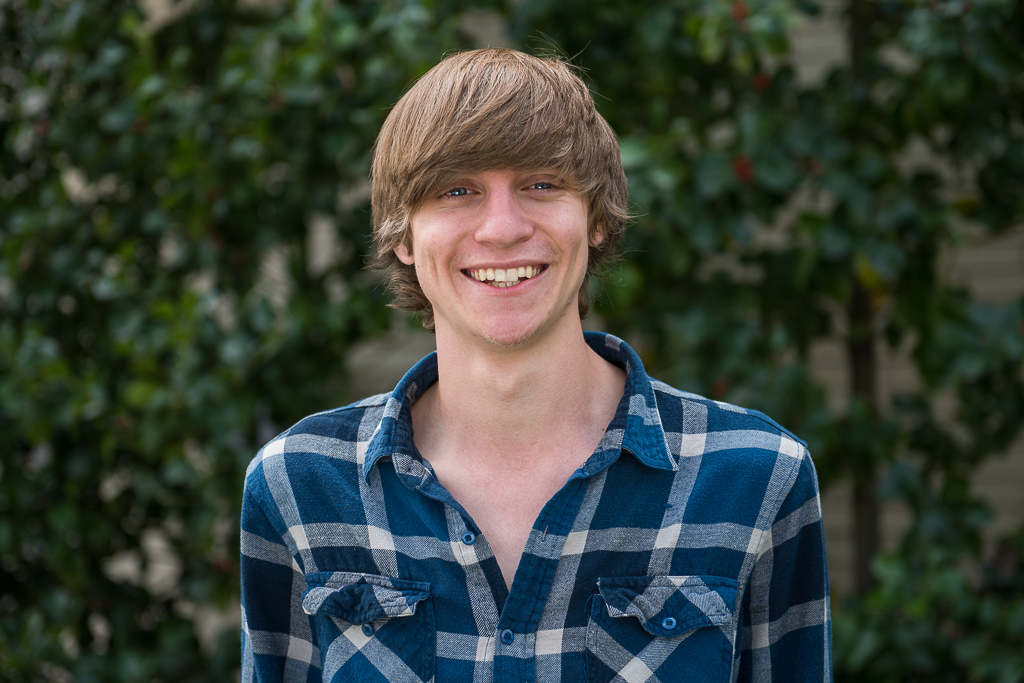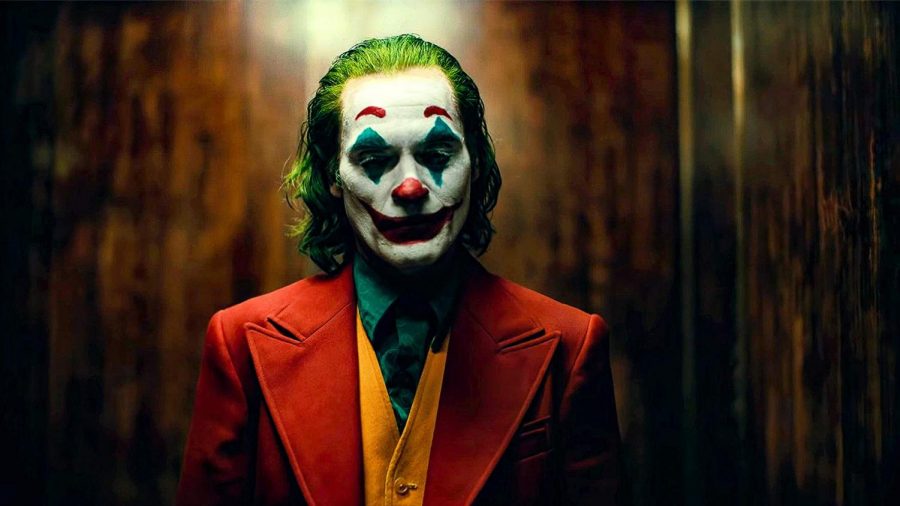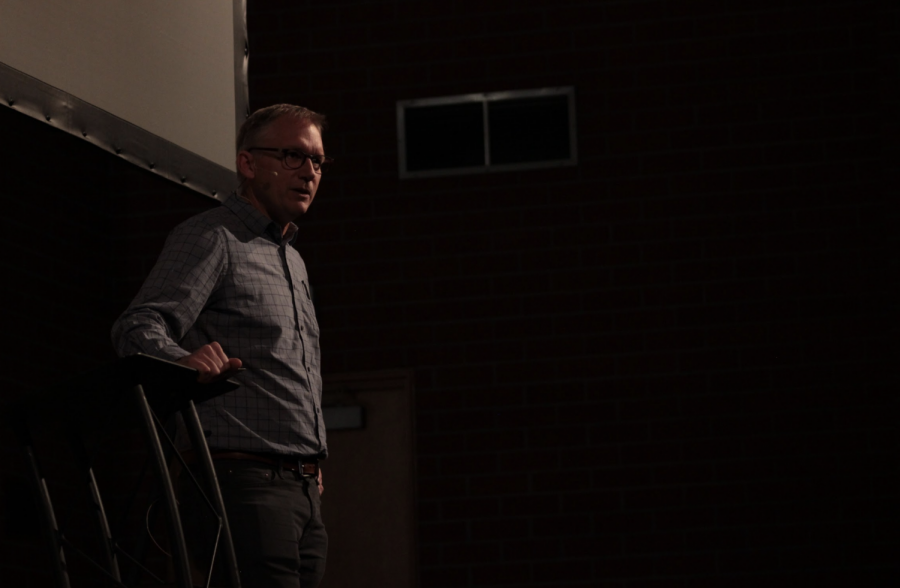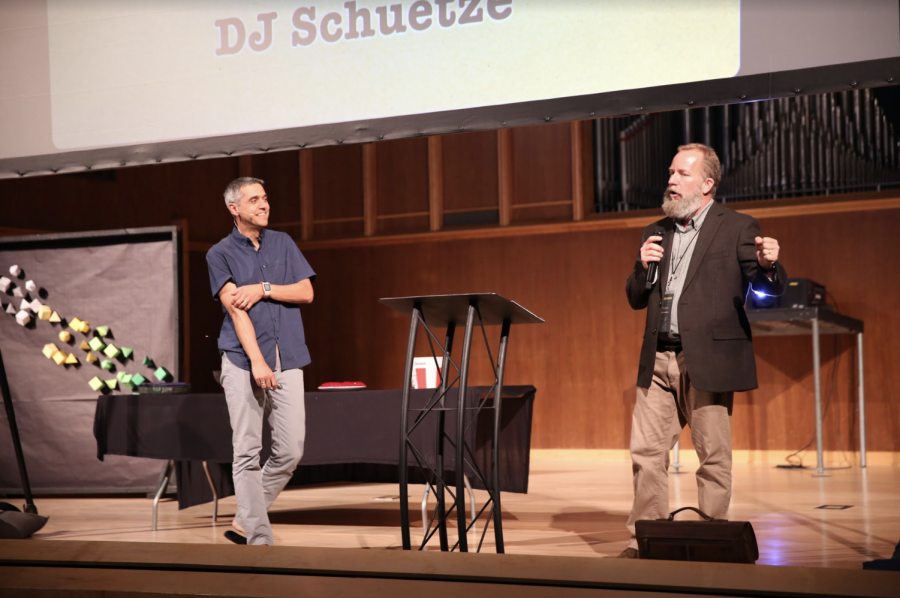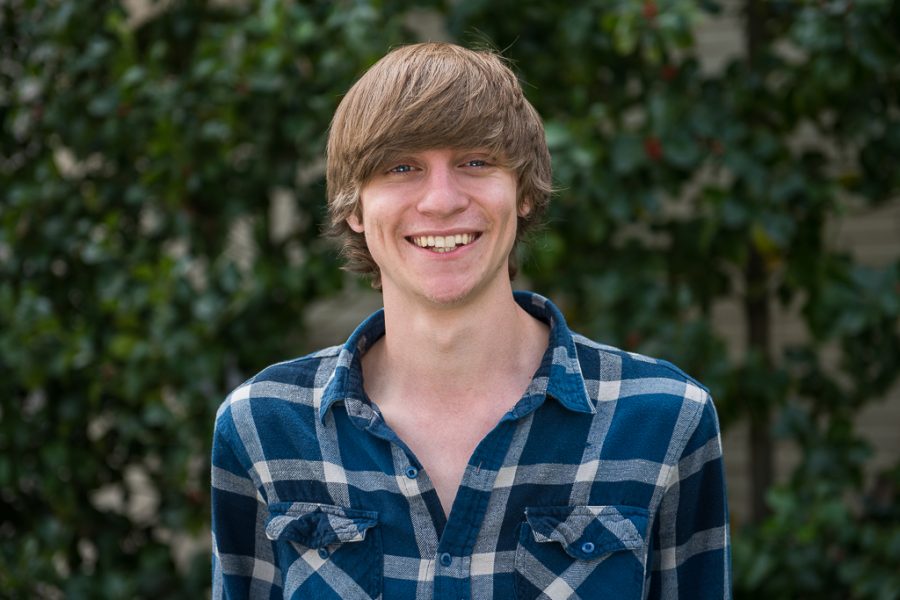“The opposite of war isn’t peace, it’s creation.”
-Jonathan Larson, Rent
For decades, tension had been gathering in the country of Rwanda between two ethnicities within the country: the Hutus and Tutsis. The power struggles, political maneuvering and mistreatment from many decades reached the tipping point in 1994, resulting in an all-out genocide by the Hutus towards the Tutsis; according to the United Human Rights Council approximately 800,000 Rwandans were slaughtered in just 100 days. It is one of the most horrifying events in recent world history.
Years later, in 2006, Lee Isaac Chung traveled with his wife, an art therapist, to Rwanda to help young teens still affected by the horrifying genocide that took place 12 years earlier. Chung, himself an aspiring filmmaker, decided to put his passions to work with these young adolescents. As part of the therapy, he worked with countless Rwanda youths to compile a screenplay and then proceeded to shoot a full-length film. Apart from Chung as the director, the rest of the cast and crew were Rwandan citizens and the film was shot entirely on location. The result is an astonishing work of authentic, heartbreaking and beautiful cinema. “Myunrangabo” shows the viewer how the ghosts of violence from years past linger and how it infiltrates the simplest aspects of life.
The central narrative is a simple one. Two 13-year-old boys, one Hutu and the other Tutsi, are traveling to the Hutu boy’s home to visit his parents. The Tutsi boy, Myunrangabo, desires to seek vengeance against those who murdered his parents years ago in the genocide. His Hutu friend, Sangwa, simply wants to go back home to visit his parents. At the beginning of the film, the two boys’ friendship is unscathed by the prejudices from years before — until they arrive at Sangwa’s home. Once his father finds out Myunrangabo is a Tutsi, he begins to pressure his son to end the friendship. These two boys find themselves unable to escape the violence that came before them. It seems as though they are they destined to follow the footsteps of prejudice and violence.
This plot unfolds at the slow pace. The handheld camera focuses on the everyday moments of life: the plowing of a field, the mudding of a house in shambles, a walk through a cornfield. Even the scene where Sangwa’s father reveals to him that he needs to break off his friendship with Myunrangabo is quiet. In fact, the entire scene is focused on Myunrangabo as he overhears the conversation in the room next door. The film has a meditative quality as it appreciates the quiet moments. It asks the viewer to stop thinking about what will happen next and instead focus on the importance of the current image.
Chung wastes no shot and no action is unimportant. “Myunrangabo” finds the symbolic in the ordinary. In an extended scene, the two boys work on replastering the side of Sangwa’s house with mud. They place mud along the cracks; some sticks, some falls. The scene is powerful in its visual metaphor of a country broken apart and the immense struggle to mend the vast amount of wounds that have occurred.
What gives the viewer the ability to walk in these boys’ shoes is Chung’s decision to let voices dominate instead of narrative. The characters the viewers encounter all give a glimpse of Rwanda and the difficulties of achieving a long-lasting peace. Chung is in no hurry to move the plot forward. Instead, he takes time to let the camera linger of the faces of people, their characteristics and their individual stories.
It is through this decision that Chung is able to create an authentic film that transports the viewer into a broken world that seems beyond repair. Although not everything is wrapped up nicely, the ending of the film still manages to communicate that the path to true peace is through reconciliation and forgiveness, not more violence.
This strong Christian message could have easily come across as heavy-handed in other hands, but is powerful in Chung’s. Perhaps it is due to the fact that the words “reconciliation,” “forgiveness,” “love” and “peace” are never mentioned explicitly in the dialogue, but conveyed simply through the moving image.
Together Chung and his film crew of young Rwandans have not only given viewers everywhere the gift of being able to understand modern-day Rwanda, but also the ability to feel the very real universal struggle of finding life amid death and hope amid hate. They have given us insight into the tumultuous process that leads to healing and demonstrated the very real ability of art to help express and therefore heal such wounds.



